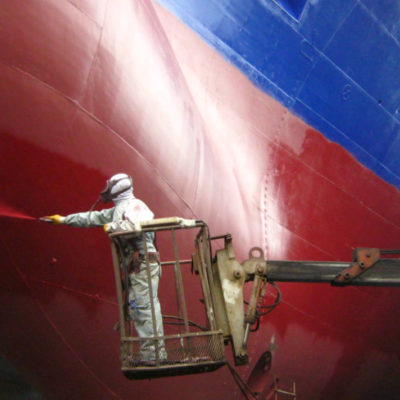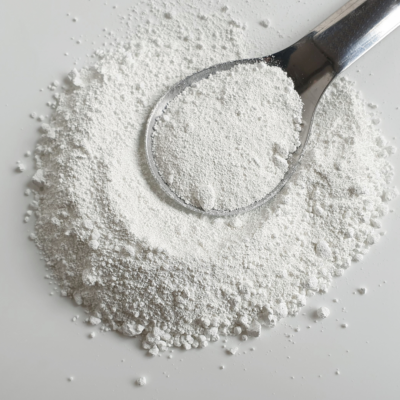Introduction:
Cuprous Oxide by NORDOX, has emerged as an active valuable ingredient in antifouling paint industry due to its unique properties. Cuprous Oxide is ideal Anti Fouling pigment for ship bottom paints.
We also would like to highlight that our Cuprous Oxide is a red powder, technical grade cuprous oxide, stabilized and free from extraneous impurities. Meets ASTM Designation D912-81, US Military Specification MIL-P-15169 A, British Admiralty Specification 1150 and French Navy Fascicule G611-Titre 13”.
Cuprous Oxide is the most versatile toxin against fouling organisms. Cuprous Oxide is widely used by big and small marine paints manufacturers’ world over.
Nordox cuprous oxide is readily available from our stock points at Sharjah and Mumbai.
In this blog post, we will explore into the world of cuprous oxide and discover how it contributes to the development of high-quality paints.
Use of Cuprous Oxide in Boat Paints
Cuprous oxide is an important fungicide, pigment and antifouling agent found naturally in minerals tenorite and cuprite. When exposed to moisture-laden air however, this compound degrades into copper(II) oxide which accounts for its pink hue during Benedict’s tests.
The present invention concerns granulated copper oxide that is resistant to organic solvents and suitable for use as a biocide in antifouling paints. Furthermore, this invention addresses its preparation process as well as its application as biocides in antifouling coatings.
Uses and its Potential in Renewable Energy
Energy sources currently used worldwide are predominantly non-renewable and produce immense quantities of carbon dioxide that contribute to global warming, so alternative forms of energy have come under greater international consideration in recent years.
Copper(I) oxide, more commonly referred to as cuprous oxide, is a reddish-orange solid that serves as one of the main oxides of copper. It can be found naturally as minerals such as tenorite and cuprite. Additionally it’s widely used as a pigment, fungicide, and antifouling agent in marine paints.
Corrosion Protection
Cuprous oxide has an intrinsic anticorrosion property. As such, it is commonly used to protect ships sailing in ocean waters from corrosion caused by interaction of seawater with metal components. Furthermore, cuprous oxide may also be an integral component of certain antifouling paints.
Pure copper reacts with air to form an oxide film consisting mainly of cuprous oxide (CuO), alongside copper(I) oxide and copper(II) oxide, as it gradually oxidizes. The oxidation process follows a linear rate law, resulting in the formation of two distinct layers: cuprous oxide on the outer layer and copper(II) oxide on the inner layer.
This film serves as an effective shield against atmospheric corrosion, shielding metallic surfaces from oxygen that would otherwise accelerate further corrosion and contribute to structural failure. Furthermore, the film is highly conductive.
An oxide film can be an extremely useful material in electrical applications, including batteries and plastics, while also protecting metals in high temperature environments like nuclear reactors where oxygen concentration levels are particularly high and corrosion can quickly develop even with protective coatings in place.
Properties and Applications
Cuprous oxide (Cu2O) is an inorganic copper compound and one of two primary oxides of copper; the other being copper(II) oxide.
Cuprous Oxide offers an ideal blend of physical properties, such as low band gap, high stability, non-toxicity and abundant availability. As a nanocomposite building material it can tune/improve electronic and optoelectronic properties of bulk materials and promote gas sensing, biosensing and photocatalytic characteristics in bulk materials such as bulk materials.
Role in Energy Storage
Copper oxides make ideal TCES applications due to being temperature reversible in its temperature range and showing good capacity in both redox reactions. Recently, many studies have focused on supported copper oxides for TCES applications, using supported materials designed to increase operational temperature while decreasing agglomeration tendency.
Transparent cuprous oxide is an integral component in tandem solar cells, which convert a variety of short wavelength light to electricity.
Metal oxides with reversible redox reactions are ideal for harnessing solar energy in thermochemical electricity storage (TCES) applications, helping renewable energy technologies like solar power address intermittent issues by storing electricity generated during sunlight hours for later use at off-sun hours.
Transitional metal oxides experience reduction reactions at high temperatures to absorb energy before going through re-oxidation reactions at lower temperatures with air acting as both oxygen source and heat transfer medium.
——
Esaar International Pvt. Ltd. is a major supplier of Cuprous Oxide in India. For further details on Cuprous Oxide and its specification please visit







Leave a Reply